Airports are bustling hubs of activity, with thousands of flights taking off and landing every day. Among the critical elements that contribute to safe aviation operations, the cleanliness and maintenance of airport runways play a pivotal role. In this article, we will explore the significance of airport runway cleaning, the challenges involved, and the methods employed to ensure clear and safe runways for smooth aircraft operations.
1. Safety as the Top Priority
Airport runway cleaning is of paramount importance for aviation safety. Clearing runways of debris, rubber deposits, oil spills, and foreign objects helps prevent potential hazards that could compromise aircraft performance during takeoff, landing, or taxiing. Runway cleanliness is essential to minimize the risk of damage to aircraft, ensuring safer operations for passengers, crew, and ground personnel.
2. Enhanced Aircraft Performance
A clean runway surface promotes optimal aircraft performance. Rubber deposits left by aircraft tires, oil spills, and other contaminants can reduce friction and negatively impact braking efficiency, tire grip, and overall aircraft handling. Regular cleaning of runways maintains the necessary friction levels required for safe and efficient aircraft operations, particularly during adverse weather conditions.
3. Mitigating Foreign Object Debris (FOD)
Foreign Object Debris (FOD) poses a significant threat to aviation safety and can cause severe damage to aircraft engines, landing gear, and other critical components. Airport runway cleaning includes thorough inspections and removal of FOD such as loose gravel, stones, debris, or even wildlife that may inadvertently find its way onto the runway surface. Prompt FOD detection and removal procedures are essential in preventing costly damage and potential accidents.
4. Runway Cleaning Challenges
Airport runway cleaning presents unique challenges due to the size, length, and composition of runways. Runways can span several kilometers and are typically constructed of asphalt or concrete, requiring specialized equipment and techniques for effective cleaning. Environmental factors such as weather conditions, seasons, and proximity to surrounding vegetation also influence the cleaning process.
5. Advanced Cleaning Techniques and Equipment
To ensure runway cleanliness, airports employ advanced cleaning techniques and specialized equipment. High-pressure water jets, mechanical brooms, sweepers, and vacuum trucks are commonly used to remove debris and other contaminants. Airports also utilize runway cleaning vehicles equipped with cassette brushes, suction systems, and water tanks to achieve thorough and efficient cleaning results.
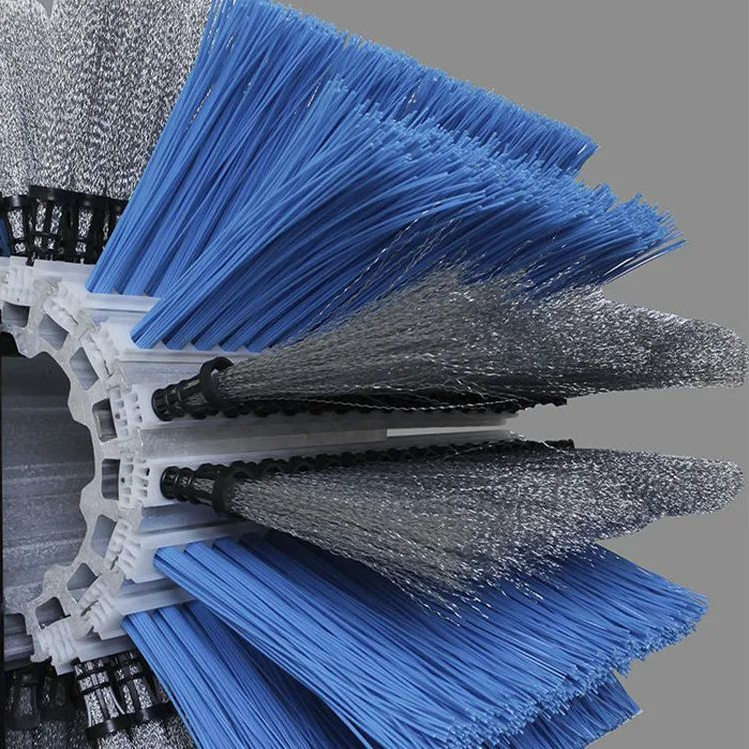
Conclusion
Airport runway cleaning plays an integral role in ensuring aviation safety, maintaining optimal aircraft performance, and mitigating potential hazards. By regularly removing debris, rubber deposits, and foreign objects, airports can provide pilots with clear and safe runways for takeoffs, landings, and taxiing.
With over 20 years of manufacturing experience in airport runway cleaning brush, Zhenda Brush has earned a great reputation among its customers. Our minimum order quantity (MOQ) is only 100 Pcs. For more information, please feel free to contact us.








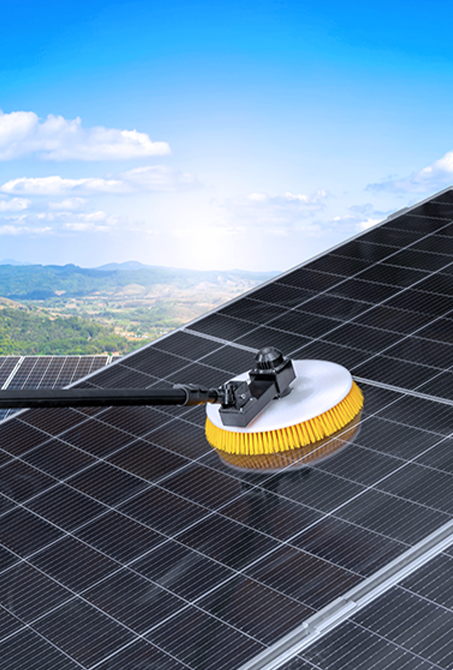


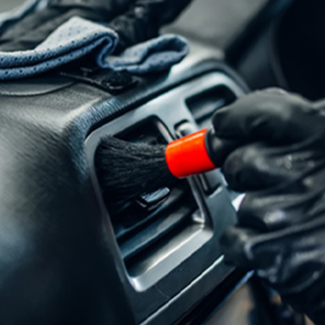
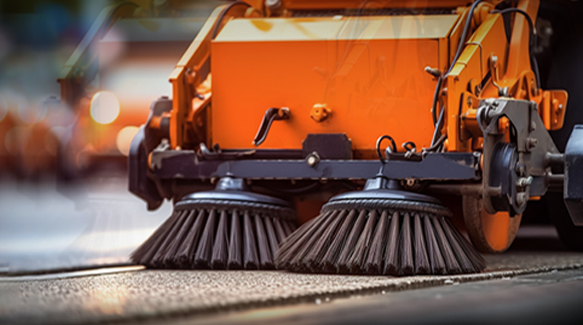
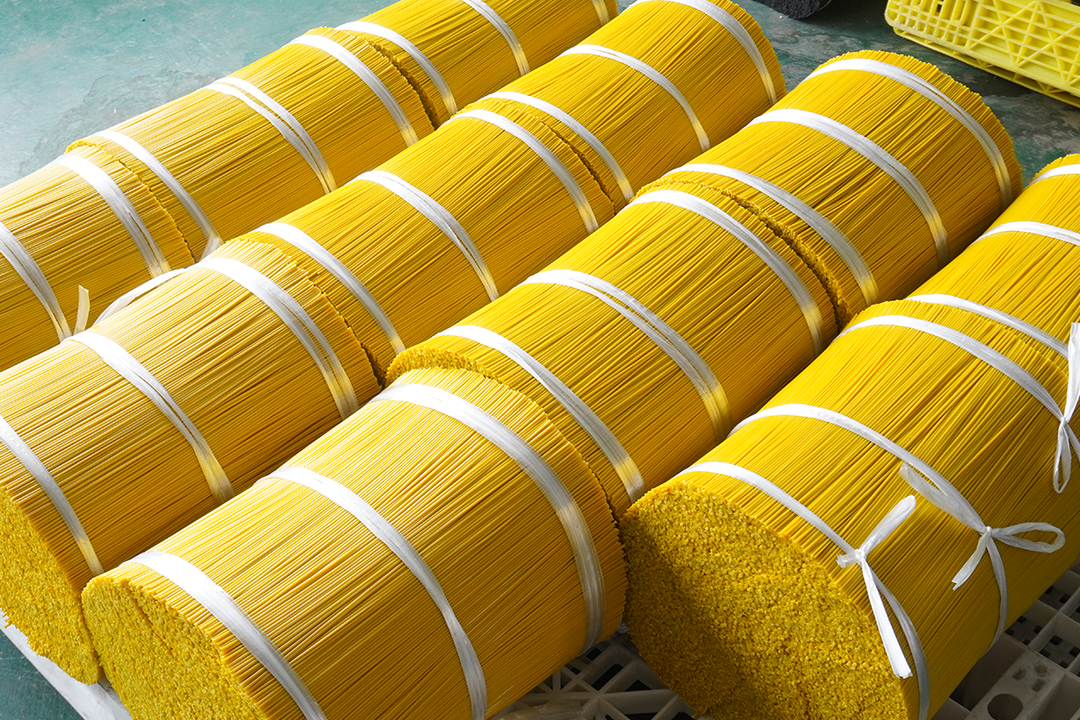


 HOME
HOME
 PRODUCT
PRODUCT


 NEWS
NEWS
 CONTACT
CONTACT
